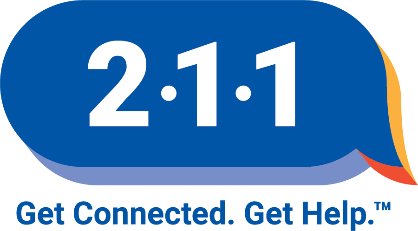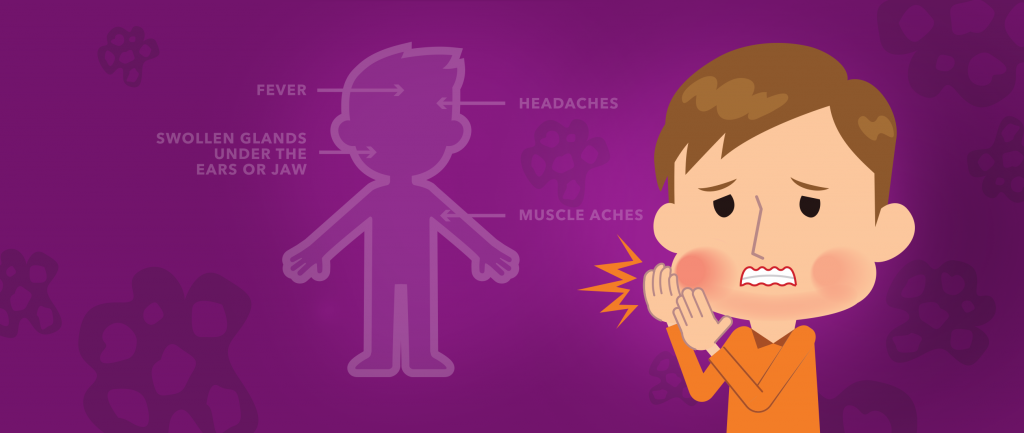Mumps (2017-18)
Stay Connected
Report a Case
Disease Reporting Line:
(808) 586-4586
Questions?

Current Situation
On October 5, 2018, the Hawaii State Department of Health (DOH) determined the mumps outbreak over. The outbreak began in March 2017 and sickened over 1,000 people. DOH continues to recommend routine vaccination and prevention strategies, including staying home when sick, covering coughs and sneezes, and washing hands frequently. Vaccination of adolescents and adults with an outbreak dose of MMR vaccine is no longer recommended.
This webpage will not be updated. For more information about mumps, visit https://health.hawaii.gov/docd/disease_listing/mumps/.

The disease has been confirmed in children and adults, both vaccinated and unvaccinated. Approximately 60% of cases have been in adults aged 18 years and older. There have been 33 reports of complications due to mumps infection (e.g., orchitis, hearing loss).
Impact in Hawaii
March 1, 2017 – October 4, 2018
Number of confirmed cases of mumps: 1,009
Case count by county:
Honolulu: 819
Hawaii: 134
Kauai: 49
Maui: 7
What Can I Do?
Prevent the spread of mumps in our community
- The best way to prevent mumps is to get vaccinated. The MMR vaccine protects against measles, mumps, and rubella. See routine and outbreak vaccination recommendations below.
- Patients suspected or diagnosed with mumps should self-isolate and avoid going out and exposing others for 9 days after onset of parotitis (swelling of the salivary glands).
- People who have been exposed to mumps and are not vaccinated should not attend school, work or travel from day 12 through day 25 after exposure.
Routine MMR Vaccination Recommendations:
- All children should receive two doses of MMR vaccine. The first dose is typically given at age 12–15 months and the second dose routinely at age 4–6 years.
- All adults born in 1957 or later should receive at least one dose of MMR vaccine (persons at high risk for exposure to mumps, including college students, health care workers, and international travelers, should receive two doses).
Outbreak MMR Vaccination Recommendations:
During the mumps outbreak in Hawaii, in addition to the routine vaccination recommendations above, adolescents (aged 10-19 years) and adults (born in 1957 or later) should receive an additional MMR vaccine dose now.
The outbreak dose of MMR vaccine is recommended, regardless of:
- Previous age-appropriate vaccination; or
- Documentation of a blood test showing immunity to mumps
MMR vaccine doses should be separated by at least 4 weeks. A person should receive no more than 3 doses of mumps-containing vaccine.
Before vaccines were available, nearly everyone was infected with mumps during childhood. The majority of people born before 1957 are likely to have been infected with mumps and therefore are presumed to be protected. During the mumps outbreak, persons born before 1957 who are unsure if they had mumps disease previously should talk to their healthcare provider about vaccination.
In general, although it is not ideal, receiving extra doses of vaccine poses no medical problem.
Healthcare providers should report any suspected cases of mumps to DOH immediately by calling the disease reporting line at (808) 586-4586.
Resources
Fight Mumps Poster
Chinese | Chuukese version 1 | Chuukese version 2 | Ilokano | Japanese | Korean | Kosraean | Marshallese |Pohnpeian | Samoan | Spanish | Tagalog | Tongan | Vietnamese
Mumps Fact Sheet
Bisayan | Chinese | Chuukese | Hawaiian | Ilokano | Japanese | Korean | Kosraean | Laotian | Marshallese | Pohnpeian | Samoan |Spanish | Tagalog | Tongan | Vietnamese
Outbreak MMR Vaccination Recommendations
Chinese | Chuukese | Ilokano | Japanese | Korean | Kosraean | Marshallese | Pohnpeian | Samoan | Spanish | Tagalog | Tongan | Vietnamese
Information for Clinicians
Centers for Disease Control and Prevention (CDC)
Collecting a Buccal Swab Clinical Specimen for Mumps Diagnostic Testing (Video)
Healthcare providers should report any suspected cases of mumps to DOH immediately by calling
the disease reporting line at (808) 586-4586.
